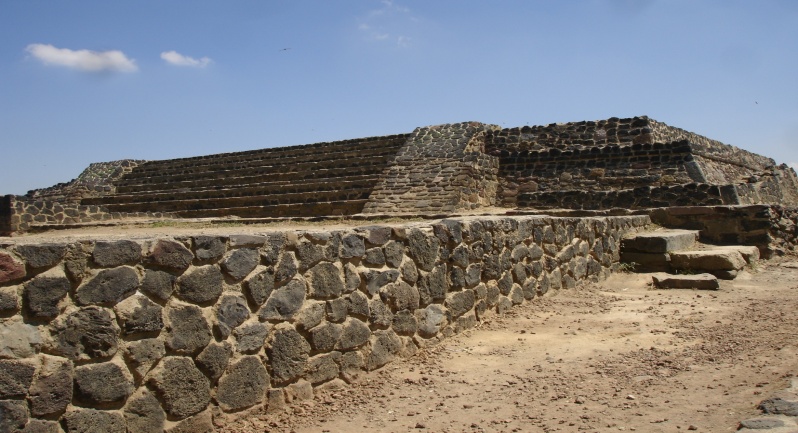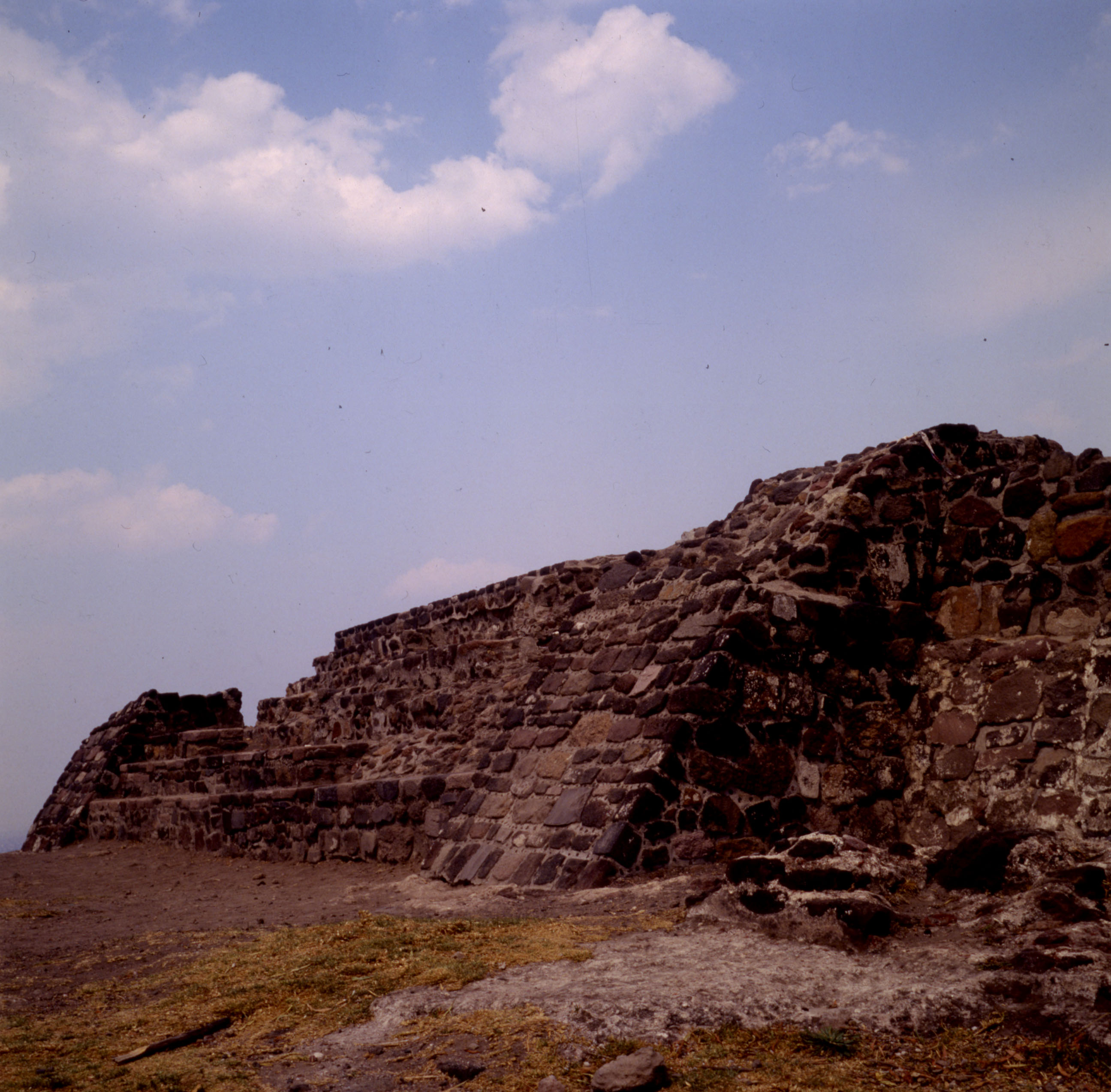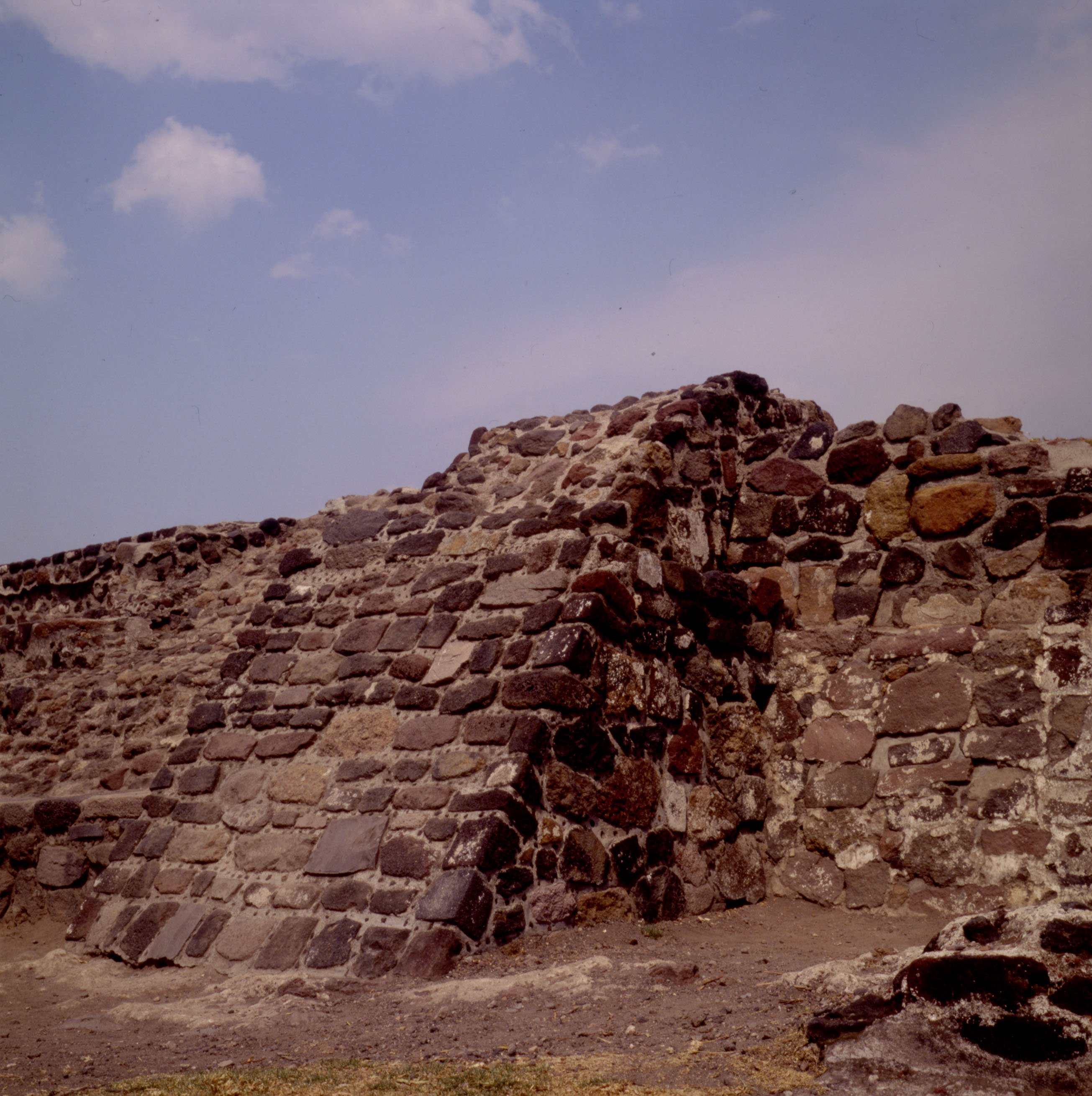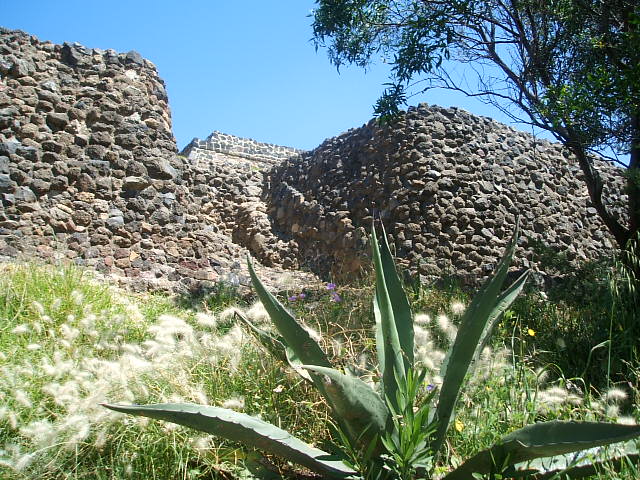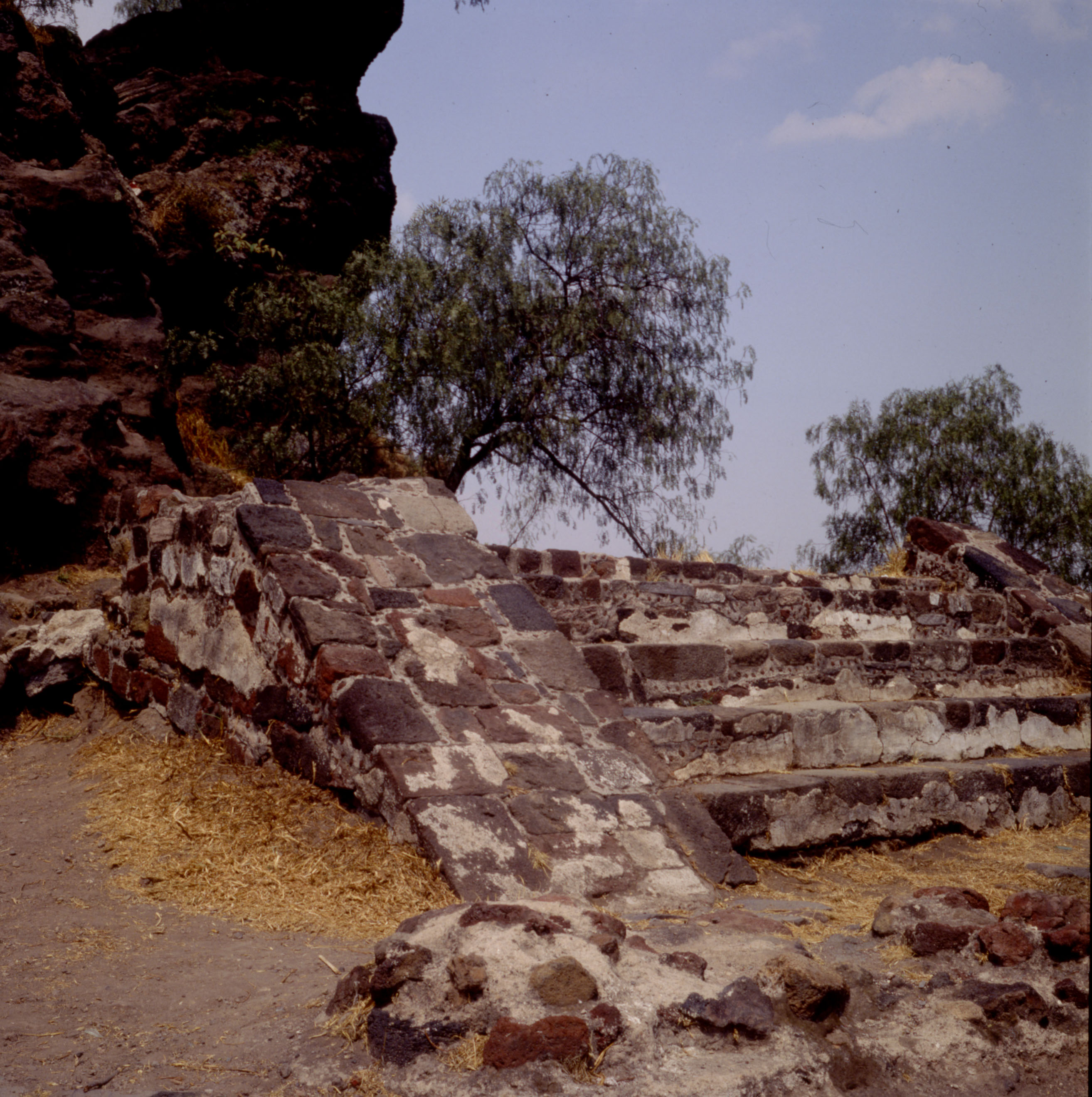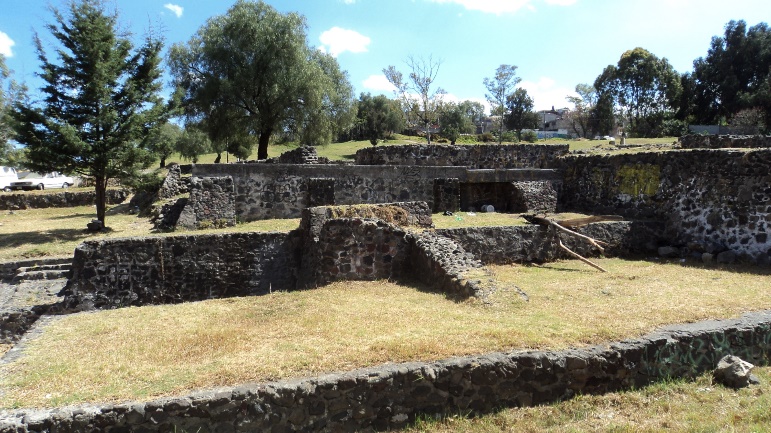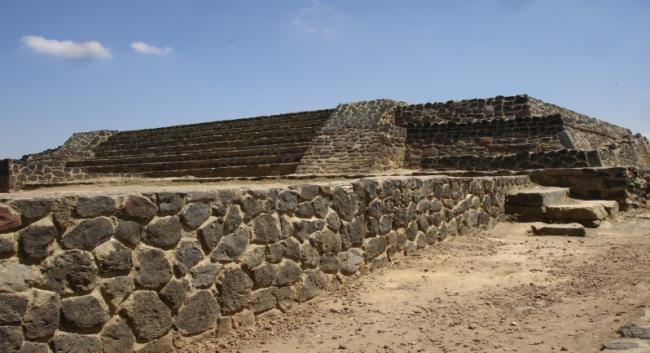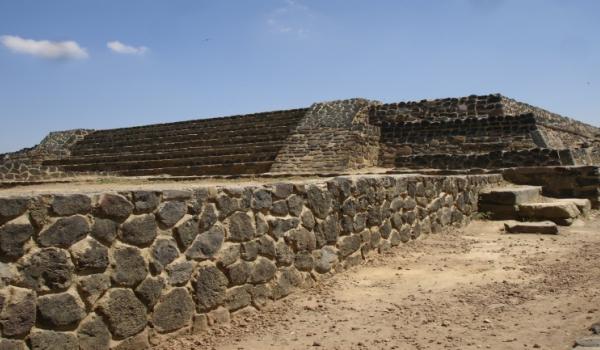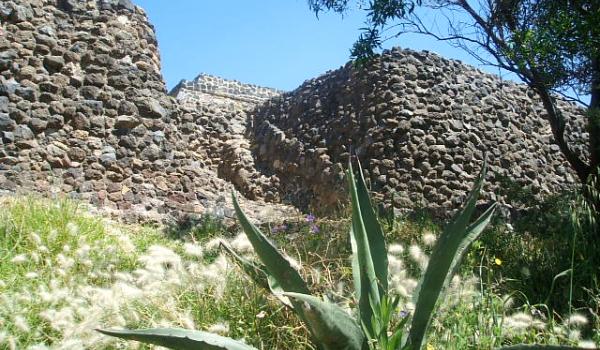The archeological site is situated on top of the Cerro de la Estrella, in Iztapalapa. The ancient inhabitants of the Central Highlands called the place Huizachtepetl. This site was of great importance because it was where the "xiuhmolpilli" or New Fire ceremony to regenerate time and the sun took place every 52 years.
Excavations have shown that this settlement was occupied for a long period, from the Preclassic (1000 BC) up to the conquest of Mexico in 1521. The site’s first inhabitants settled in small villages on the slopes of the Cerro de la Estrella, with early signs of farming. Numerous structures were built from 600 to 900 AD, increasing the size of the population. Chroniclers such as Bernardino de Sahagún, Toribio Benavente Motolinía and Juan de Torquemada mention that from 900 to 1300 Chichimec groups arrived in the western section of the hill where the city of Culhuacan was founded.
The Mexica defeated Azcapotzalco around the year 1300, expanding their territory into the Colhua region, where they subjugated the population and established the town of Iztapalapa, which, together with Culhuacan, protected the southern approach to Tenochtitlan and provided sources of food for the central inhabitants.
The first excavations and archeological work took place in 1974-75 under the direction of Jorge Acosta. The Department of the Federal District carried out works on the slopes of the hill in 1976, and in the process of laying foundations the remains of a stucco floor, walls and ceramic fragments were uncovered. Investigations of the hill uncovered a cist built from craniums lined up like stones together with the remains of infants. It is notable that the bones show cut marks and signs of having been burnt, as if the children had been dismembered and ritually consumed. The stucco which covered the sidewalks contained the remains of bones, while fragments of basket, incense burners, beads of green stone, copper rattles and a green stone whistle were found in the debris covering the pyramid. A fired clay box containing a head of Xipe Totec was found under the floor of the terrace built in front of the pyramid.



